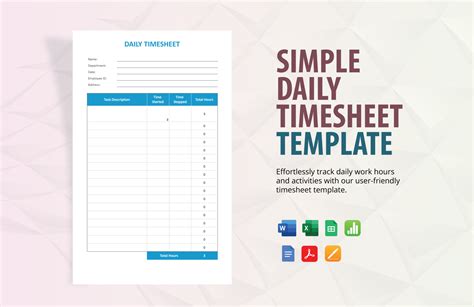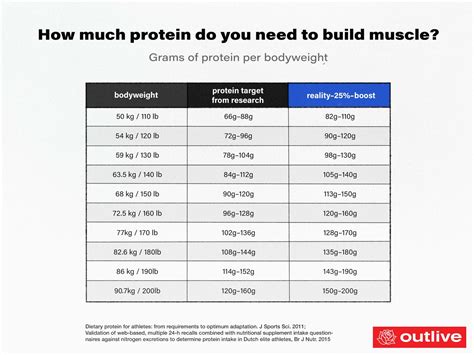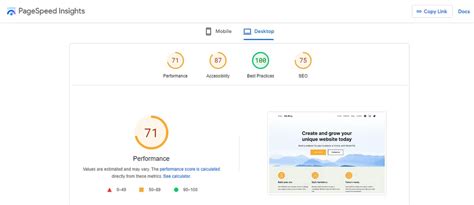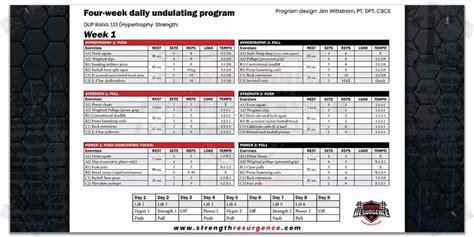What’s the most efficient workout split for maximizing male strength & recovery?

Optimizing Your Training: The Strength & Recovery Conundrum
For men dedicated to building maximum strength, the choice of a workout split is paramount. It’s a delicate balance: you need enough frequency and volume to stimulate growth and adaptation, but also sufficient rest to allow muscles to repair and grow stronger. The ‘most efficient’ split isn’t a one-size-fits-all answer, as it depends heavily on individual factors like training experience, recovery capacity, time commitment, and specific goals. However, by examining common approaches, we can pinpoint strategies that generally yield the best results for strength and recovery.

Deconstructing Popular Workout Splits
Workout splits are simply how you organize your training days and muscle groups throughout the week. Each has its proponents and benefits:
Full-Body Training (2-3 times/week)
This approach involves working all major muscle groups in each session, typically 2-3 times per week. The high frequency for each muscle group is excellent for strength development, as it allows for frequent practice of compound movements. Recovery is generally good due to ample rest days between sessions. This split is often ideal for beginners and intermediates, or those with limited gym time, providing a great balance of stimulus and recovery.
Upper/Lower Split (4 times/week)
The Upper/Lower split divides your week into two upper-body days and two lower-body days. This allows for hitting each major muscle group twice a week, which is a sweet spot for many individuals seeking strength and hypertrophy. It offers more direct volume per muscle group per session compared to full-body, while still providing good recovery time between specific muscle group sessions. It’s highly effective for intermediate to advanced lifters.

Push/Pull/Legs (PPL) Split (3-6 times/week)
The PPL split categorizes exercises by movement pattern: ‘Push’ (chest, shoulders, triceps), ‘Pull’ (back, biceps), and ‘Legs’ (quads, hamstrings, glutes, calves). This split can be run 3 days a week (one cycle) or 6 days a week (two cycles, e.g., Push-Pull-Legs-Push-Pull-Legs). Running it 6 days a week offers very high frequency (twice a week per muscle group) and high volume, which can be fantastic for advanced lifters with excellent recovery. However, 3-4 day PPL variations are also effective for many, providing a good balance. The challenge with 6-day PPL is ensuring adequate recovery, especially for heavy strength work.
Bro Split (5-6 times/week)
The traditional ‘Bro Split’ dedicates an entire training session to one or two muscle groups (e.g., Chest Day, Back Day, Leg Day, Shoulder Day, Arms Day). While popular, its main drawback for strength maximization is the low frequency; each muscle group is typically trained only once per week. This can be suboptimal for strength gains as it reduces the practice frequency for compound lifts and extends the time between growth stimuli. Recovery for the specific muscle group is high, but overall systemic fatigue can still accumulate if not managed properly.
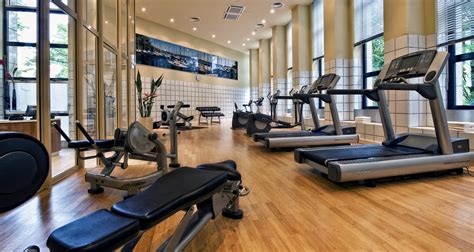
Factors Defining Efficiency: Frequency, Volume, and Recovery
The ‘most efficient’ split isn’t about working out every day; it’s about maximizing effective training stimulus while minimizing overtraining. Key factors include:
- Frequency: Training a muscle group 2-3 times per week is generally superior for strength gains compared to once a week. This allows for more practice and consistent signaling for adaptation.
- Volume: This is the total amount of work (sets x reps x weight). Too little volume won’t stimulate growth; too much can impair recovery and lead to overtraining. An efficient split allows for appropriate volume spread across the week.
- Intensity: Training heavy (85%+ 1RM) is crucial for strength. An efficient split should allow you to perform heavy lifts without excessive fatigue from previous sessions affecting your performance.
- Recovery Capacity: Individual factors like sleep, nutrition, stress levels, and genetics heavily influence how quickly you can recover. A younger, well-rested individual with optimal nutrition can often handle more volume and frequency than someone under chronic stress or with poor sleep.

The Verdict: Finding Your Optimal Split
For most men focused on maximizing strength and ensuring adequate recovery, a split that allows for training major muscle groups 2-3 times per week is typically the most efficient. This usually points towards:
- Upper/Lower Split (4 days/week): A highly recommended choice for intermediate to advanced lifters. It balances frequency, volume, and recovery exceptionally well.
- PPL Split (3-4 days/week or 6 days/week for advanced): The 3-day full PPL cycle or a 4-day PPL variant can also be very effective. The 6-day variant is excellent for high-frequency training but demands superior recovery.
- Full-Body Training (3 days/week): Ideal for beginners, those returning to training, or individuals with limited time. It provides high frequency and excellent recovery.
The ‘Bro Split’ falls short for strength maximization due to its low frequency, although some advanced bodybuilders use it effectively for specific purposes. Ultimately, consistency, progressive overload, proper nutrition, and sufficient sleep will always be more critical than the exact split itself. Experiment to see which split you can adhere to most consistently while making progress and feeling recovered.


